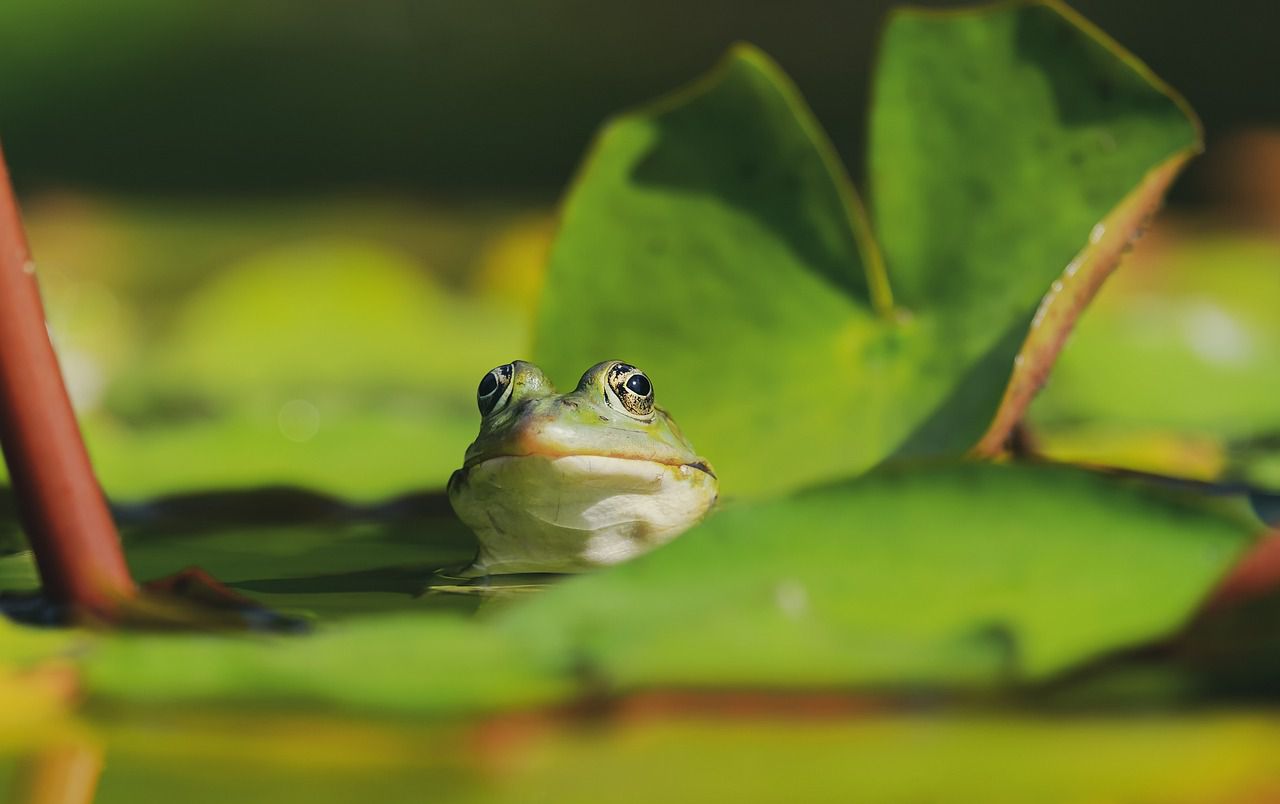Prepare your pond for winter: Gardening tips
If you have a beautiful pond in your garden, then you need to take good care of it, which includes preparing it for winter.
It's not only about its looks - it's mostly about the plants, fish, and wildlife that lives there.
Here are a few simple tips that can keep your pond safe.
Clean it in advance
Before it gets too cold, clean up any leaves, twigs, or dead plants around the pond. This keeps the water cleaner.
Trimming can help
Trim back the plants in and around the pond. This helps prevent decaying plant material from fouling the water.

Stop feeding the fish
As the weather gets colder, stop feeding your fish. They won't be as active, and their digestion slows down in cold water.
Make sure the filters are clean
If your pond has a filter, clean or replace it according to the manufacturer's instructions. A clean filter keeps the water clear.
Check the pumps
If you have a pump to keep the water circulating, make sure it's working correctly. You may want to reduce the flow rate in the winter to prevent freezing.
Try using a pond heater
If you live in a cold climate where the pond might freeze, consider using a pond heater or de-icer. These devices keep a small part of the pond's surface ice-free, allowing gases to escape and preventing harm to fish.
Save the sensitive ones
If you have very sensitive aquatic plants or fish, you may need to move them to a more temperature-stable location, like an indoor aquarium, for the winter.
Try covering it
You can use a pond net or mesh to cover your pond's surface. This helps catch falling leaves and keeps them from sinking to the bottom, where they can decompose and harm water quality.
Water features should be off
If you have waterfalls or fountains, consider turning them off for the winter. Running water can freeze and damage pumps and plumbing.
Check it regularly
Throughout the winter, check on your pond regularly. Remove any ice that forms to allow for gas exchange and prevent dangerous pressure on the pond liner.
